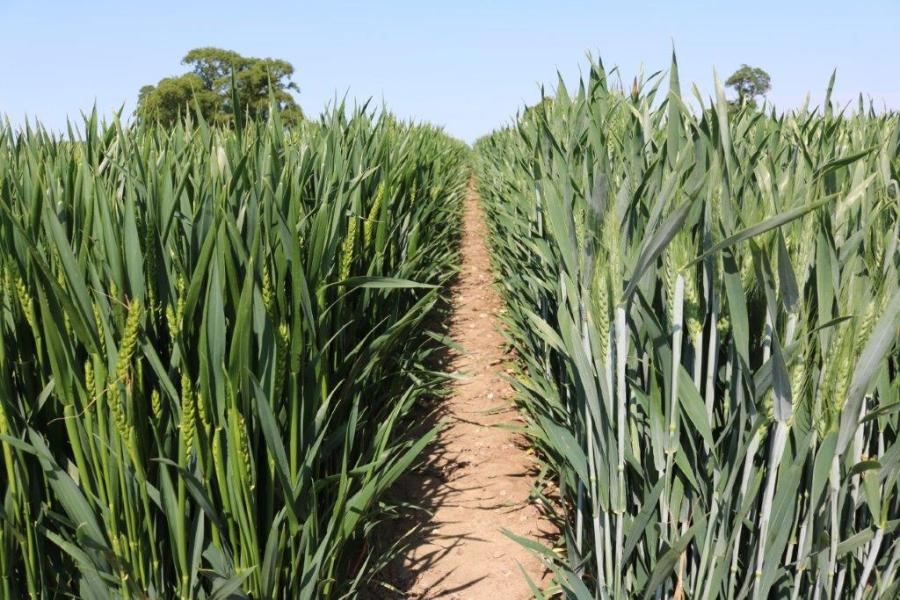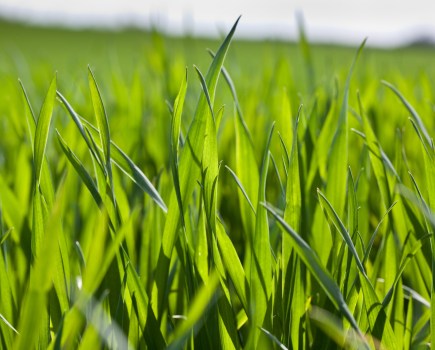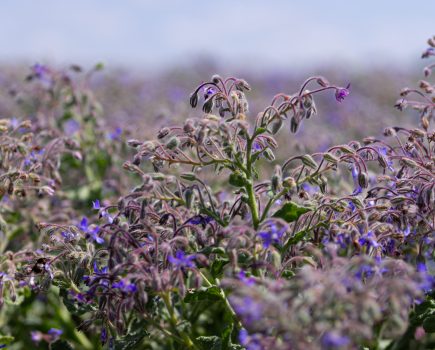Unrivalled resistance to septoria in wheat and virus-tolerant oilseed rape sit at the top of the new AHDB Recommended List. CPM assesses where breeders have made a difference.
By Tom Allen-Stevens
Record-breaking disease resistance and high-yielding soft wheats are features of the new AHDB Recommended Lists, launched on Monday (3 Dec).
The new list leader for oilseed rape also has resistance to turnip yellows virus (TuYV), while no fewer than six winter barleys bring higher yield and better agronomics into the winter barley range of options for the 2019-20 growing season.
“We’ve seen the yields of these wheat varieties with good disease resistance creep up, and if you want performance, you no longer have to go for a high-input hard Group 4,” notes RL manager Dr Jenna Watts.
Ecstatic over Extase
There were “squeals of delight” in the AHDB office when septoria ratings for new Group 2 winter wheat variety KWS Extase were calculated.
“It’s the first time we’ve ever had a rating over 8.0 – it really does demonstrate the improvements breeders have made over the past two to three years.
“Varietal resistance will become a more important part of disease management as we know that fungicides are losing efficacy against septoria and some may lose approval for use,” she points out.
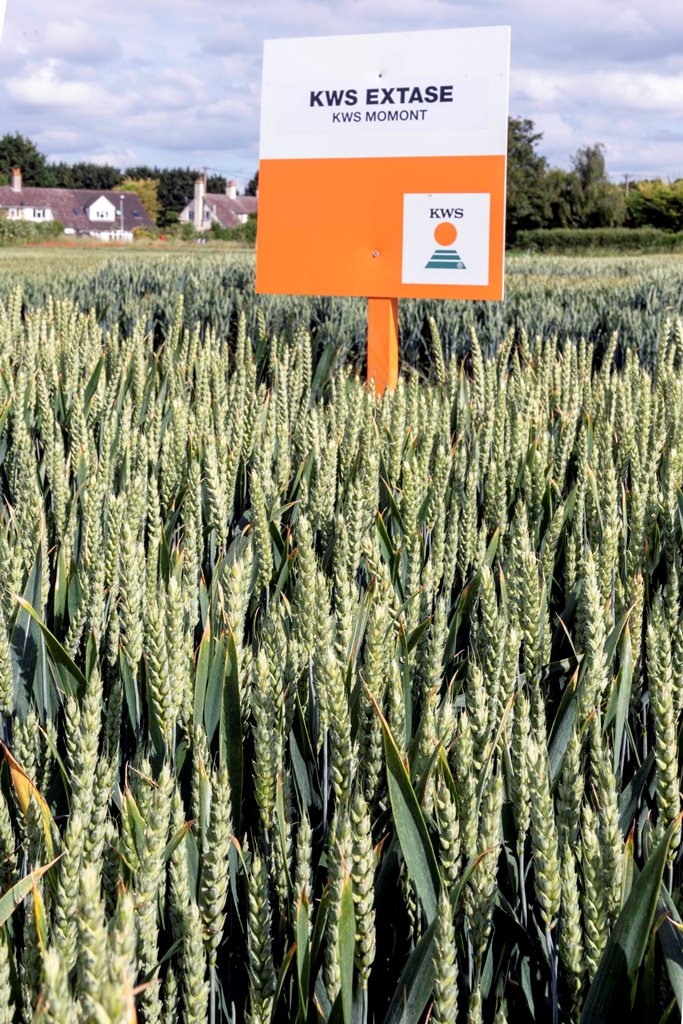
KWS Extase has a septoria rating of 8.1
Along with its “very high” untreated yield, good quality characteristics, suitability for export and a treated yield (101%) just one point behind KWS Siskin, Extase is set to be the new darling of the RL.
It’s joined by newcomer LG Detroit, the only wheat in the Group 2 category with resistance to orange wheat blossom midge (OWBM).
The top yield spot goes to LG Skyscraper, however, a soft Group 4 wheat which at 106% has a treated yield almost two points clear of last year’s leader, hard Group 4 RGT Gravity.
Skyscaper’s joined by stablemate LG Spotlight, which is stiffer, notes Jenna, and has a fusarium score of 7. “Both have resistance to OWBM,” she adds.
With a septoria score of 7.0, new Group 3 leader KWS Firefly is a clear point ahead of Elicit, and its treated yield of 102% puts it not far off the feed varieties, notes Jenna, performing well in the East and West and on heavy soils.
But there’s been a clear out of the winter wheats – Cordiale, Dickens, Grafton and KWS Santiago are among 11 varieties dropped.
“Santiago’s been the most consistent performer of recent years,” says Jenna. “But following feedback from growers, we’ve slimmed down the winter wheat RL, taking off those with low seed availability.”
TuYV resistance leads OSR list
There are no fewer than nine additions to the winter OSR RL, however. “New this year are untreated yield scores, shown as percentage of untreated controls.”
Aspire from Limagrain tops the list, an open-pollinated type with UK-wide recommendation and a gross output in the North of 106%.
And with TuYV resistance, a light leaf spot score of 7 and good resistance to lodging, it’s a package Jenna feels will find favour.
Joining it and leading those with a UK-wide scope are OP Ballad from KWS, with a good East/West yield score (104%) and stem stiffness, and restored hybrid DK Expansion, with a 7.3 rating for stem canker and stiff, despite being relatively tall, notes Jenna.
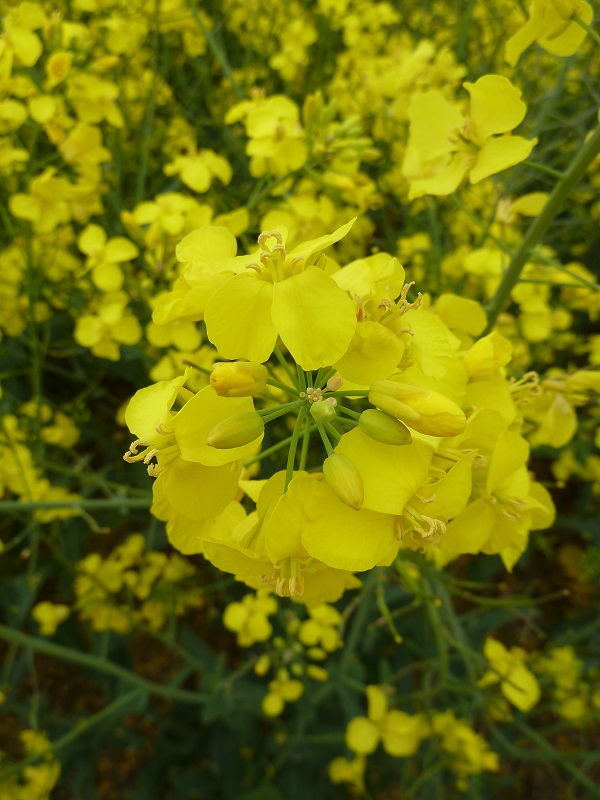
Aspire has resistance to TuYV
Crome from LS Plant Breeding joins the RL with specific recommendation for land infected with clubroot, while half a point behind on treated yield (at 101%) is Temptation from DSV with specific recommendation for its resistance to TuYV.
PT279CL from Corteva Agriscience is the first Clearfield variety with specific recommendation, although its yield score of 96% still lags behind controls.
“Previously, we’ve included just one variety described (rather than recommended) for its tolerance to imidazolinone herbicides, but yields of these types are creeping up, and in the future we hope to have more recommended Clearfield varieties.”
Also new on the East/West OSR RL are PT275 from Corteva, stiff-strawed and yielding 104%, and George from Syngenta, similarly stiff and with a gross output of 102%.
DK Esteel is new for northern growers, with a gross output of 104%, an LLS score of 7.1 and stem canker rating of 8.3.
Six new winter barleys
Feed barley growers are spoilt for choice with four new two-row varieties and two six-row hybrids gaining recommendation.
KWS Gimlet now leads the two-rows, performing particularly strong in the East (106%) and “no major weaknesses” with its agronomic credentials.
Close behind are LG Mountain, performing well in the North (105%) and LG Flynn with a specific weight of 69.8kg/hl, while Valerie from Senova boasts a high untreated yield (87%) and a strong 70.2kg/hl specific weight.
Very high untreated yields make hybrids SY Baracooda (91%) and SY Kingsbarn (89%) stand out. “Often specific weight of the six-rows let them down, but Kingsbarn’s 69.9kg/hl in particular bucks the trend,” notes Jenna.
Cosmopolitan from Senova is a new spring malting type with a yield at 106% three points higher than market-leading RGT Planet, performing well in the East and North.
Across the RL, it was the cold wet spring, rather that than the hot dry summer that affected the trials, reports AHDB senior trials manager Mark Bollebakker.
“We’re seeing some taller varieties come through in both wheat and barley, but this year wasn’t a year to test lodging scores,” he notes.
AHDB has been gathering feedback on the RL during its regional events, with common requests being for scores on growth traits, such as autumn vigour in OSR and tillering ability for wheat.

